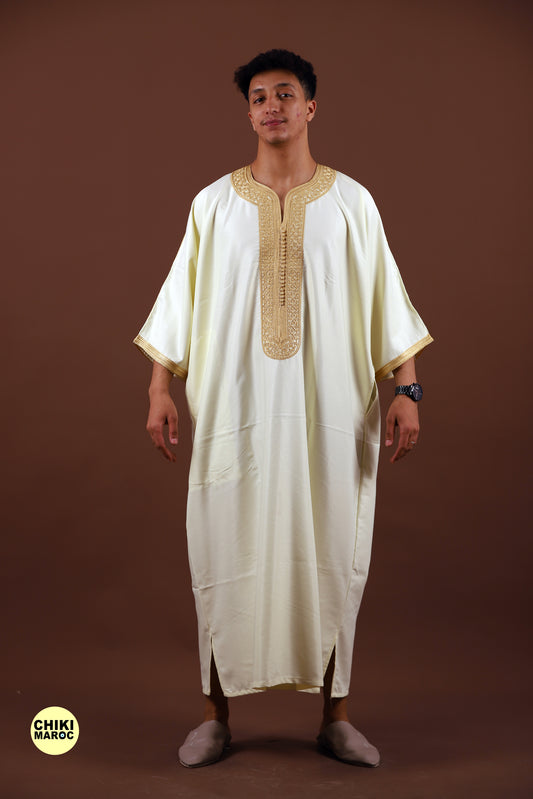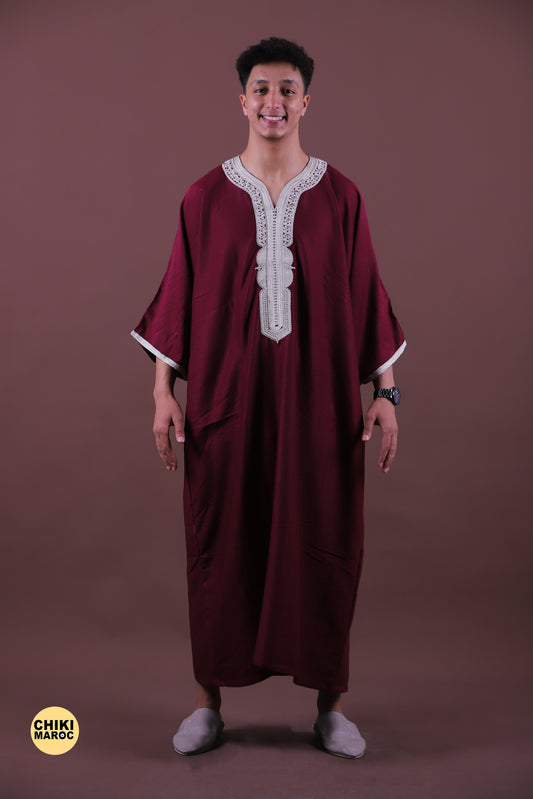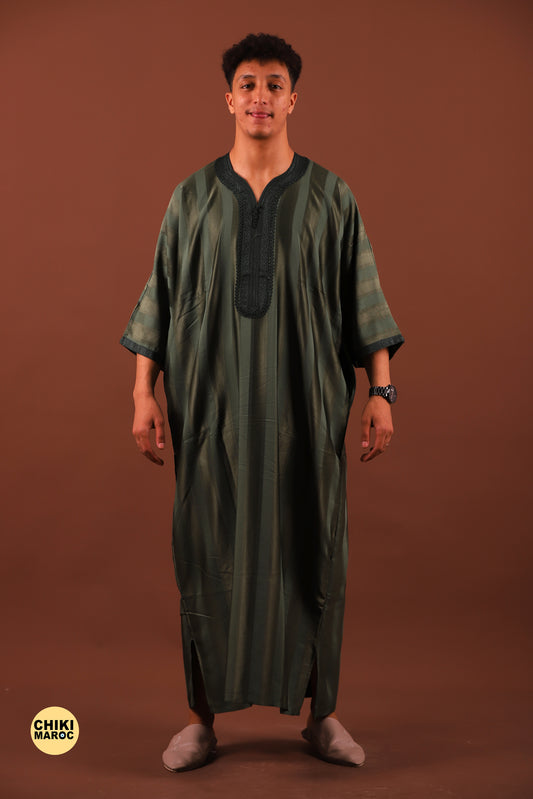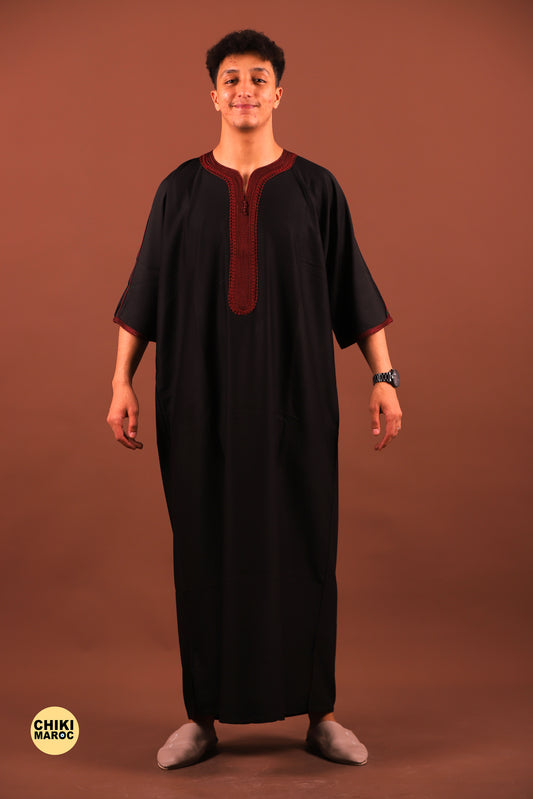The Moroccan jalaba stands as more than just a garment; it is a profound symbol of Morocco's rich cultural identity and heritage. Rooted deeply in the country's history and traditions, the jalaba embodies elegance, craftsmanship, and a deep-seated connection to Moroccan heritage. This article delves into the significance of the Moroccan jalaba as a symbol of identity, exploring its historical roots, cultural significance, and enduring appeal.
Historical Roots and Evolution
The jalaba's origins can be traced back centuries, evolving alongside Morocco's diverse cultural landscape. Originally worn by Berber tribes in North Africa, the jalaba served both functional and symbolic purposes. Its design varied across regions, reflecting local climates, social status, and cultural beliefs. Over time, the jalaba became a staple in Moroccan fashion, adapting to urban lifestyles while preserving its traditional craftsmanship and aesthetic.
Design and Craftsmanship
1. Traditional Elements:
- The jalaba typically features a loose-fitting silhouette with long sleeves and a hood, providing comfort and protection from the elements.
- Traditional materials include wool, cotton, and linen, chosen for their durability and suitability to Morocco's climate.
2. Embellishments and Detailing:
- Intricate embroidery, hand-woven patterns, and decorative motifs adorn many jalabas, showcasing the skill and artistry of Moroccan artisans.
- Each jalaba is a testament to meticulous craftsmanship, with embellishments often reflecting regional styles and cultural influences.
Cultural Significance
1. Symbol of Identity:
- The jalaba symbolizes Moroccan identity and cultural pride, worn during significant ceremonies, religious festivals, and everyday life.
- Its design and embellishments can signify regional affiliations, family heritage, and social status within Moroccan society.
2. Celebratory Attire:
- Jalabas are commonly worn during celebrations such as weddings, births, and religious holidays, symbolizing elegance, tradition, and respect for cultural heritage.
- They embody a sense of continuity and connection to Morocco's past while adapting to contemporary fashion trends.
Enduring Appeal and Global Influence
The appeal of the Moroccan jalaba extends beyond Morocco's borders, captivating international audiences with its timeless elegance and cultural authenticity. Fashion designers and enthusiasts worldwide draw inspiration from the jalaba's unique design elements, incorporating its motifs and textures into modern collections. Celebrities and influencers frequently showcase jalabas at global events, reinforcing their status as symbols of cultural sophistication and global fashion trends.
Preservation and Modern Interpretations
1. Artisanal Revival:
- Moroccan artisans continue to preserve traditional techniques in jalaba craftsmanship, ensuring the artistry is passed down through generations.
- Ethical production practices and sustainable materials contribute to the jalaba's longevity and appeal in today's conscious consumer market.
2. Contemporary Adaptations:
- Modern interpretations of the jalaba blend traditional craftsmanship with contemporary styles, offering versatility in design and wearability.
- Designers innovate with fabrics, colors, and silhouettes to cater to diverse tastes while honoring the jalaba's cultural significance.
Conclusion
In conclusion, the Moroccan jalaba epitomizes Morocco's cultural heritage, serving as a symbol of identity, craftsmanship, and timeless elegance. From its humble beginnings among Berber tribes to its prominence in contemporary fashion, the jalaba continues to embody Morocco's rich cultural tapestry. By celebrating its historical roots, enduring appeal, and global influence, we recognize the jalaba as a cherished cultural icon that bridges tradition with modernity, showcasing Morocco's vibrant heritage to the world





